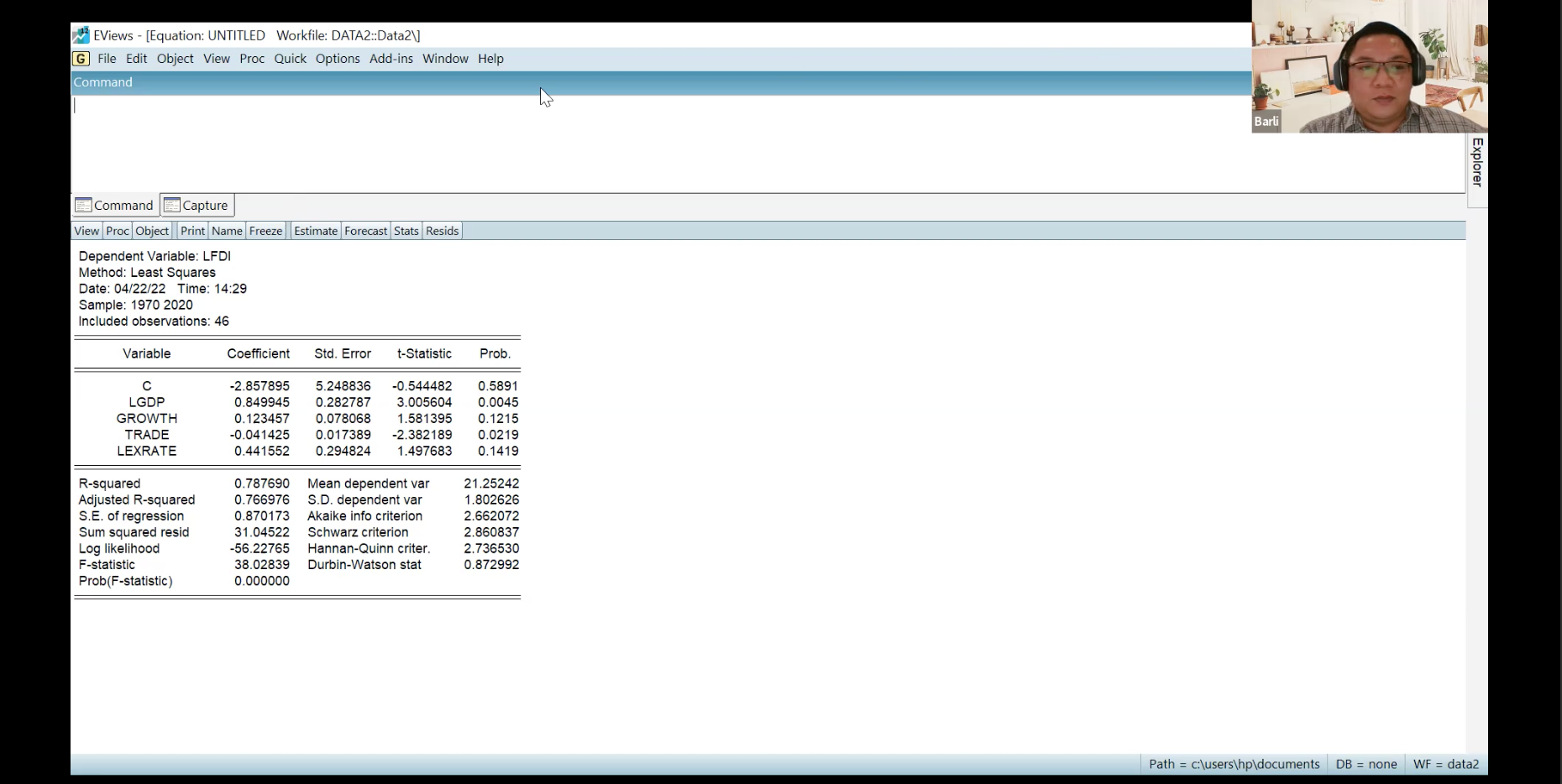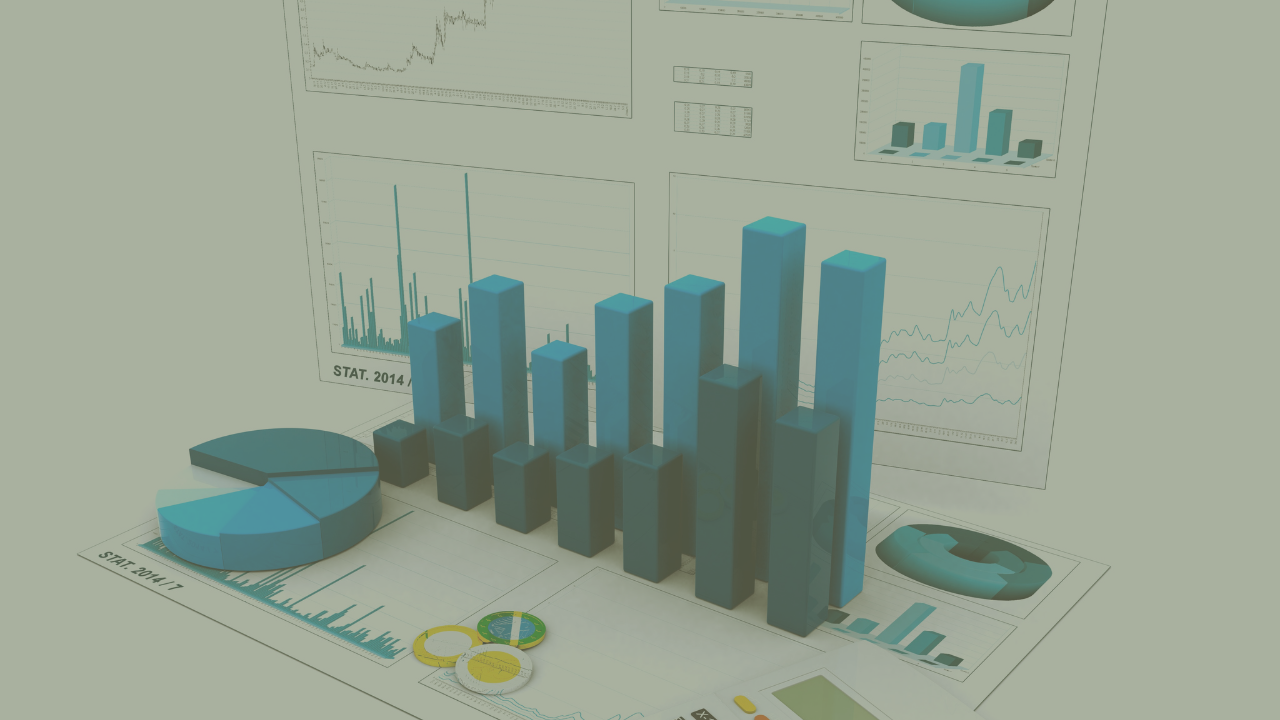Master and Doctor of Science in management, School of Business and Management, through its MSM DSM Lounge Academic and Research Forum, organized a “Simple Regression Analysis with Time Series Data” tutorial session on Friday (22/4/2022). Inviting Barli Suryanta, Ph.D., this discussion aims to give a deeper understanding of simple regression analysis.
“Not only engineering but also economics and finance need data analysis. Therefore, today, I will explain the basics so everyone can understand even without a background in data analysis,” said Barli, as an opening remark for the session.
According to Barli, in analyzing time series in social sciences, we must recognize that the past can affect the future. Economic time series satisfy the intuitive requirements for being outcomes of random variables. For example, we don’t know what the Jakarta Stock Exchange will be like at the close of the next trading day or the output of annual growth in Indonesia in the upcoming years since the outcomes of these variables are unknown. Therefore, they should be seen as random variables.
“Formally, a sequence of random variables indexed by time is called a ‘stochastic process’ or a time series process. When we collect a time series dataset, we obtain one possible realization or outcome of the stochastic process,” Barli explained.
Knowing how to construct a proper model for the analysis is crucial. In addition, Barli also emphasized that we should first obtain suitable datasets before constructing the model. “It would be a waste of time to learn data analytics if you can’t construct a proper model, and even more useless if you don’t have the fitting datasets. Please keep these in mind,” Barli stated.
The session also included a hands-on training exercise using Eview software. The data used in this exercise was from World Bank Indicators about Foreign Direct Investment. Barli used an estimating equations method for the model that allows us to create our model without referring to theory or previous studies.
In econometrics, it is essential to have several assumptions. Therefore, after constructing the model, we need to test the model to several assumptions, some of which are no serial correlation and unbiasedness. If the five assumptions are fulfilled, our model is good to go.
Lastly, Barli highlighted how interpretation plays a huge part in data analytics. “It is also important to know how to interpret your results. Otherwise, it would be useless to do all these analysis,” Barli concluded.





